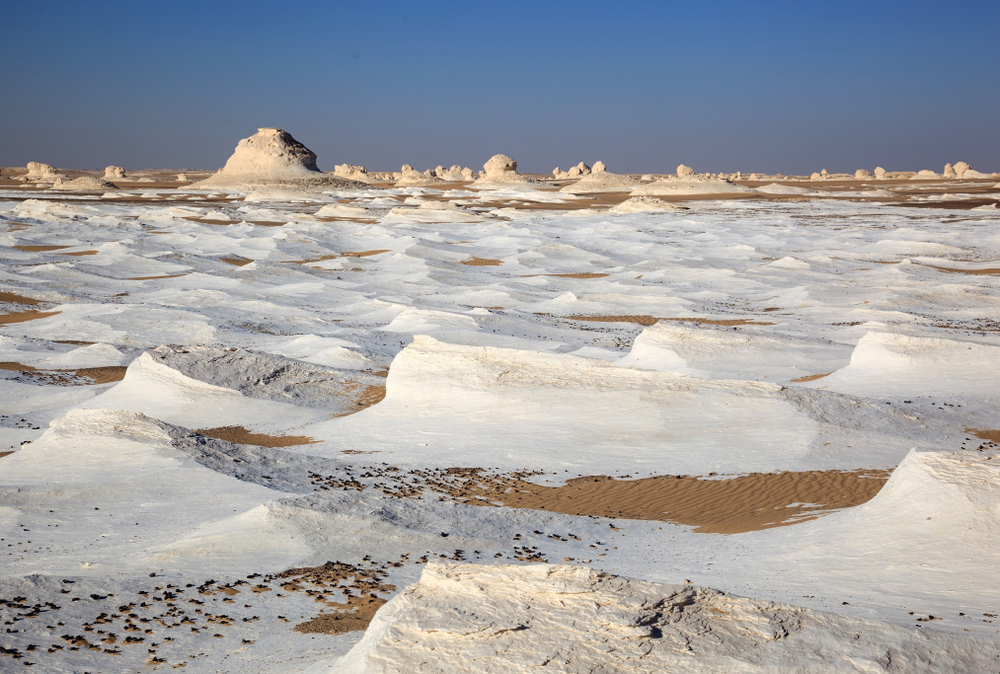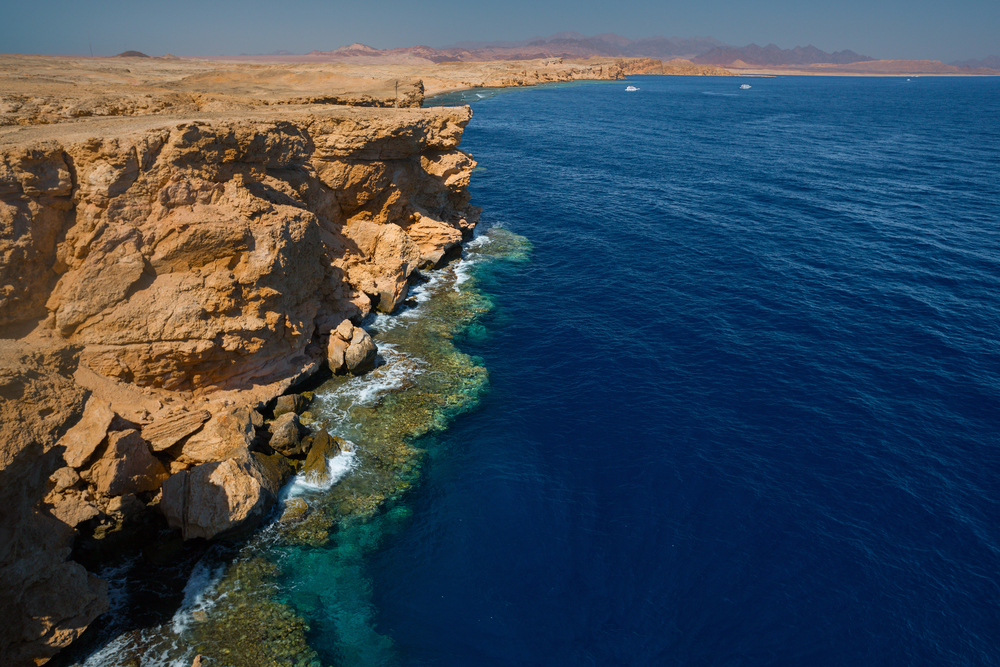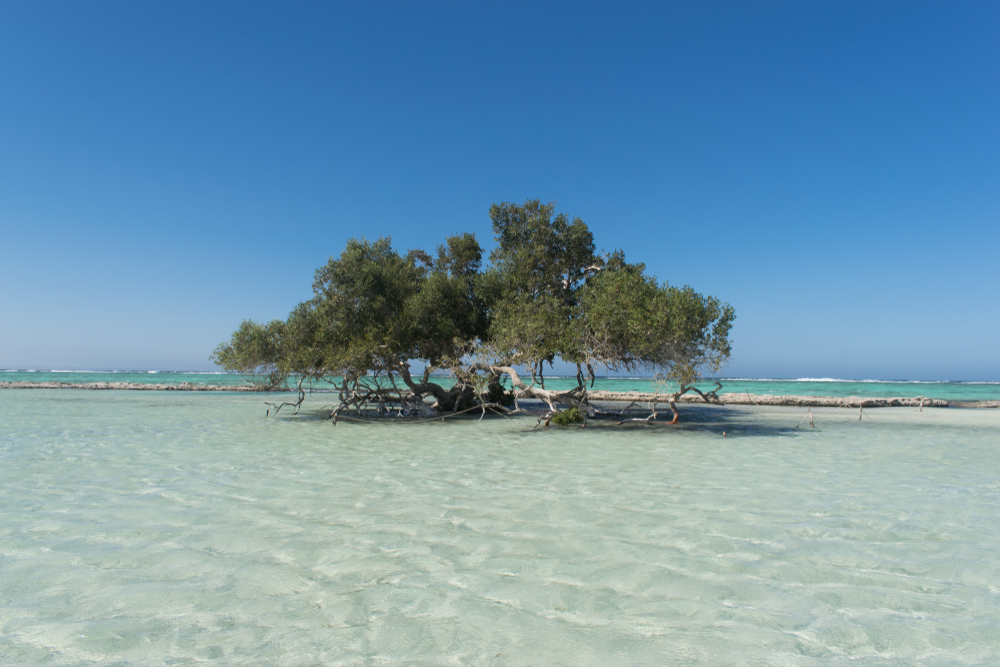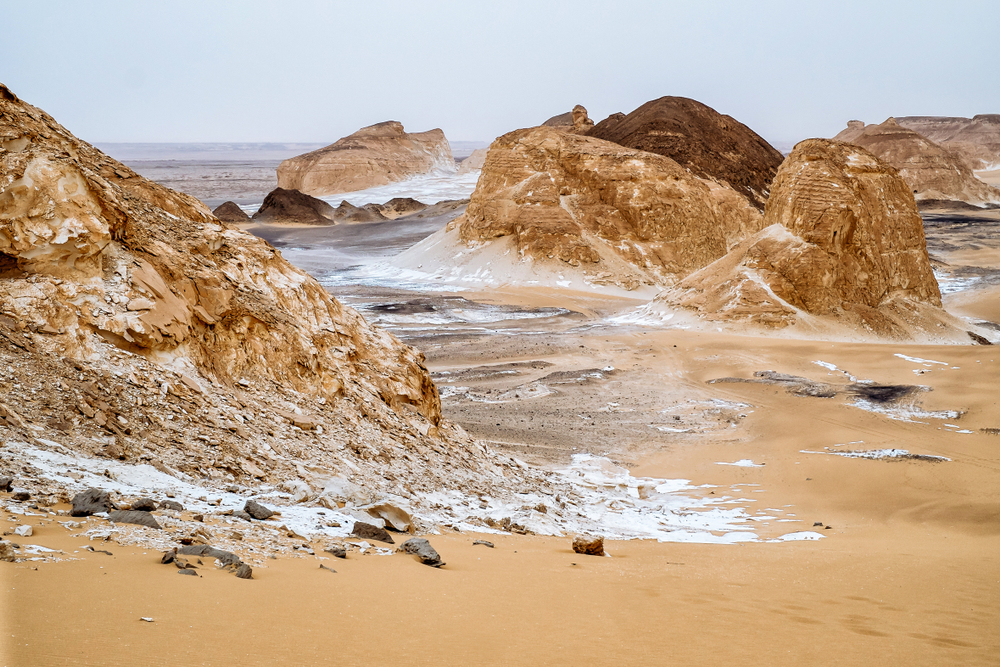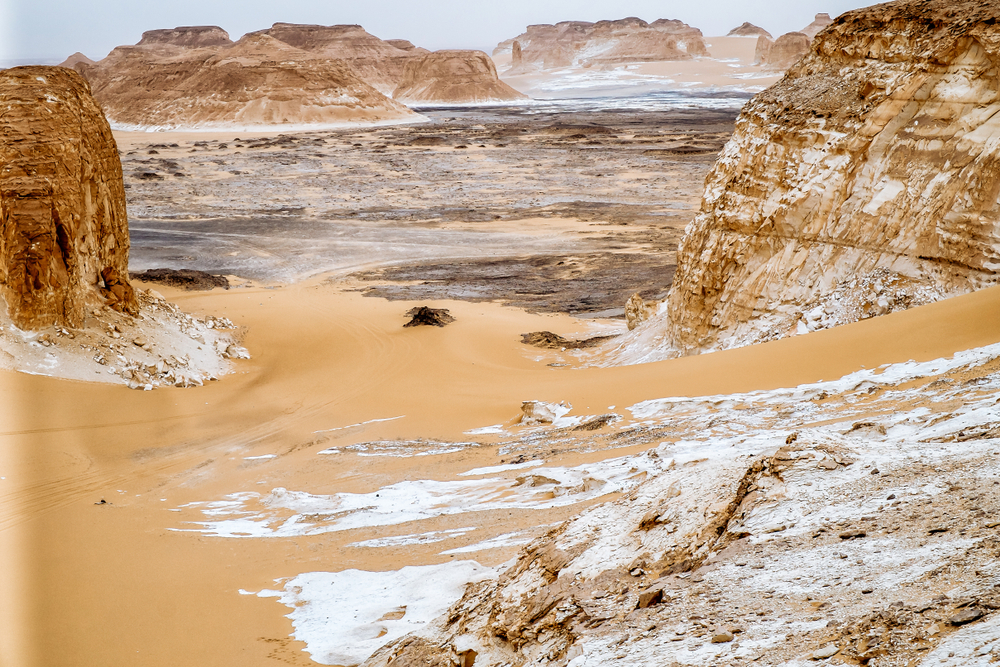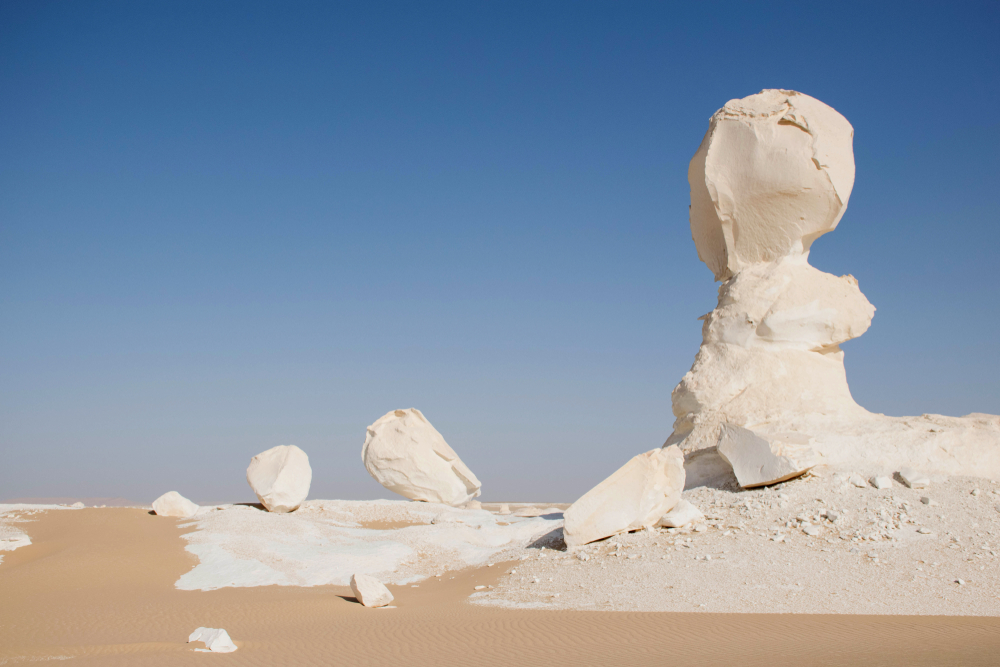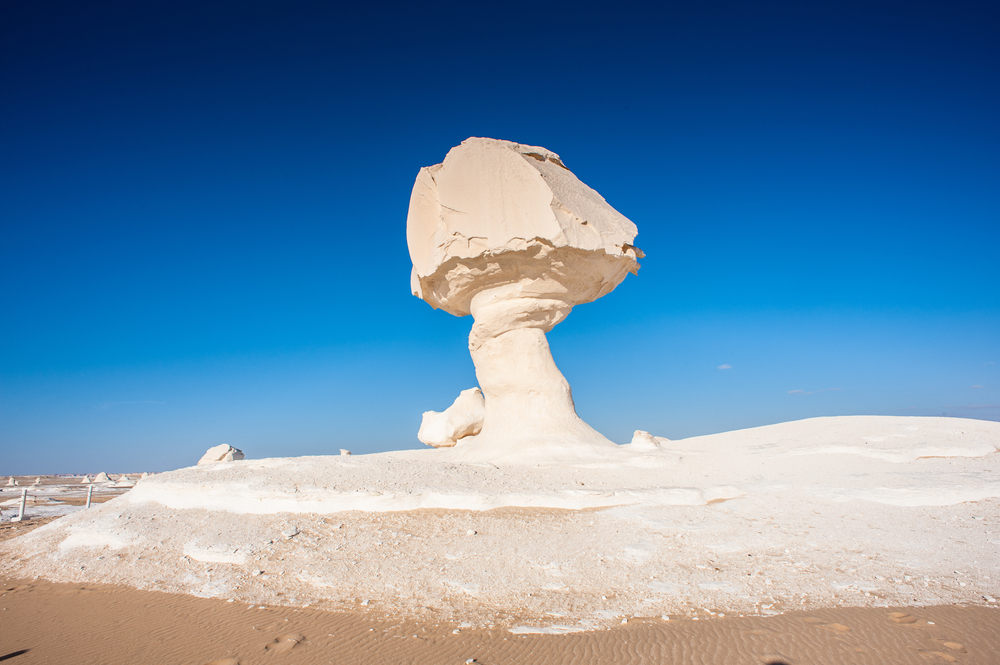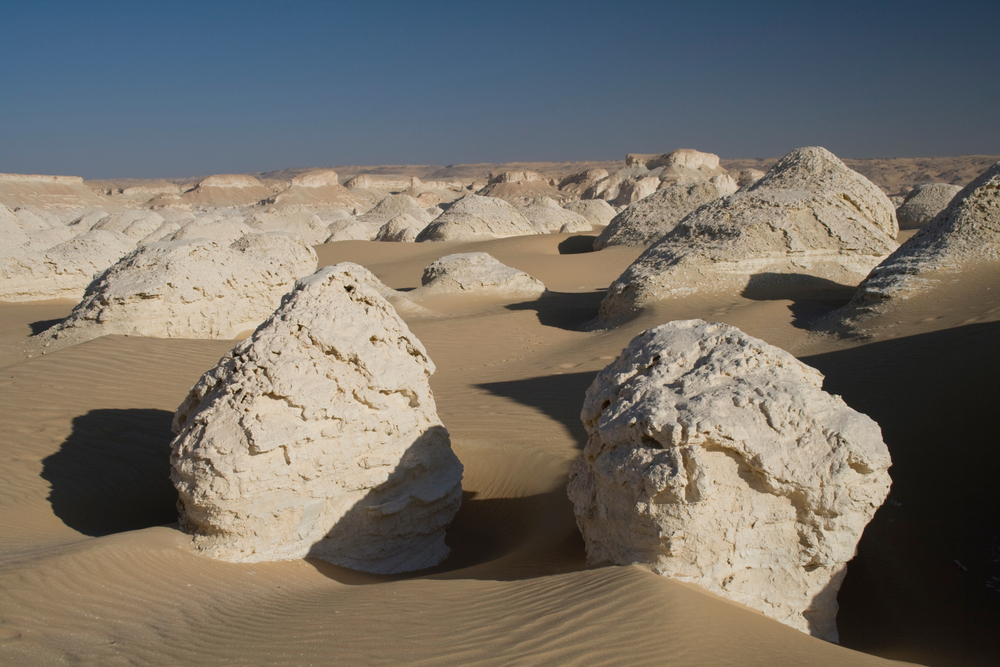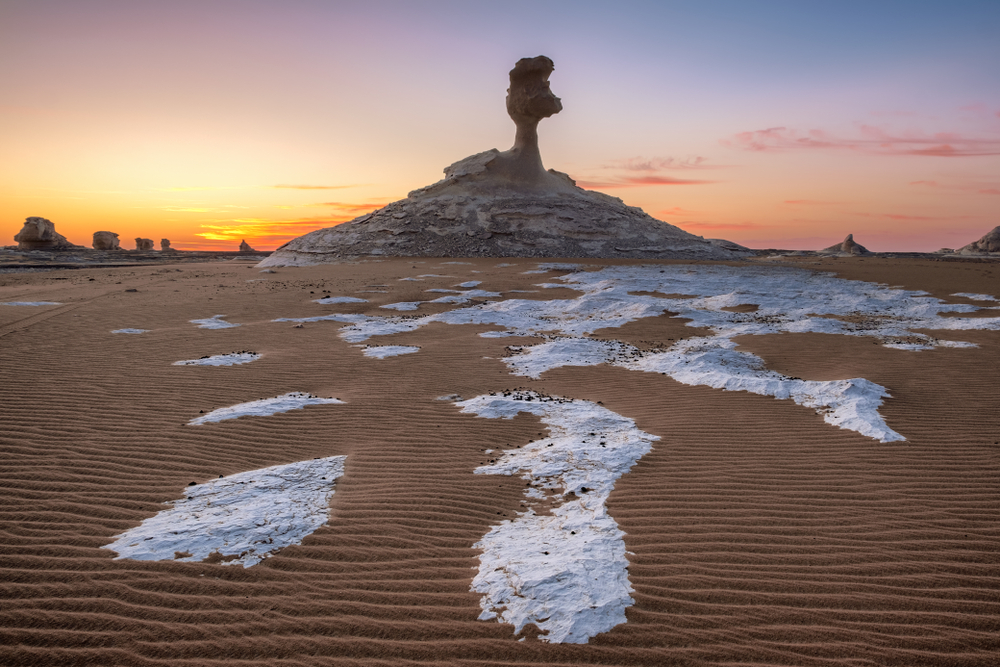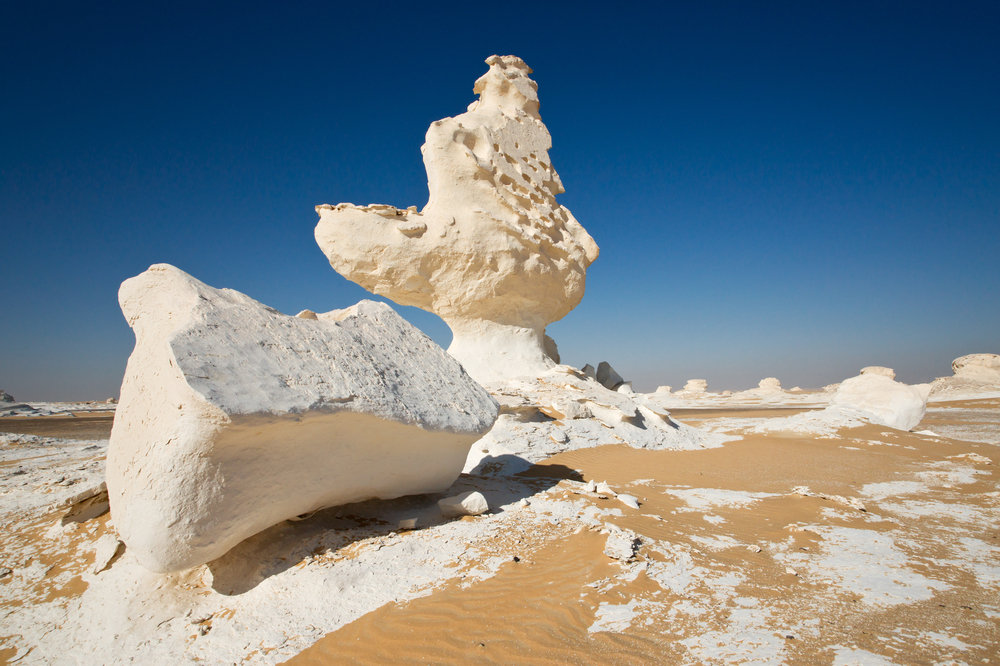White Desert National Park, also known as the Farafra Desert, is renowned for its surreal and otherworldly landscapes characterized by massive chalk rock formations and towering white sandstone cliffs. The park gets its name from the vast expanses of white limestone rock formations that dominate the landscape, creating a stunning and ethereal environment.
One of the park’s most iconic features is its unique rock formations, sculpted over millions of years by wind erosion. These formations take on fantastical shapes, resembling giant mushrooms, surreal sculptures, and even alien landscapes. The stark white color of the rocks contrasts starkly against the deep blue sky, creating a mesmerizing and dreamlike atmosphere.
In addition to its stunning landscapes, White Desert National Park is home to a variety of desert-adapted wildlife, including desert foxes, fennec foxes, and various reptile species. Birdwatchers may also spot migratory birds passing through the region during certain times of the year.
Visitors to White Desert National Park can explore the park’s otherworldly landscapes on foot, by 4×4 vehicle, or on camelback, marveling at the natural wonders of this unique desert environment. Camping under the stars amid the surreal rock formations is a popular activity, offering visitors the opportunity to experience the tranquility and beauty of the desert at night. Overall, White Desert National Park offers a truly unforgettable and otherworldly experience for adventurers and nature lovers alike.








































































